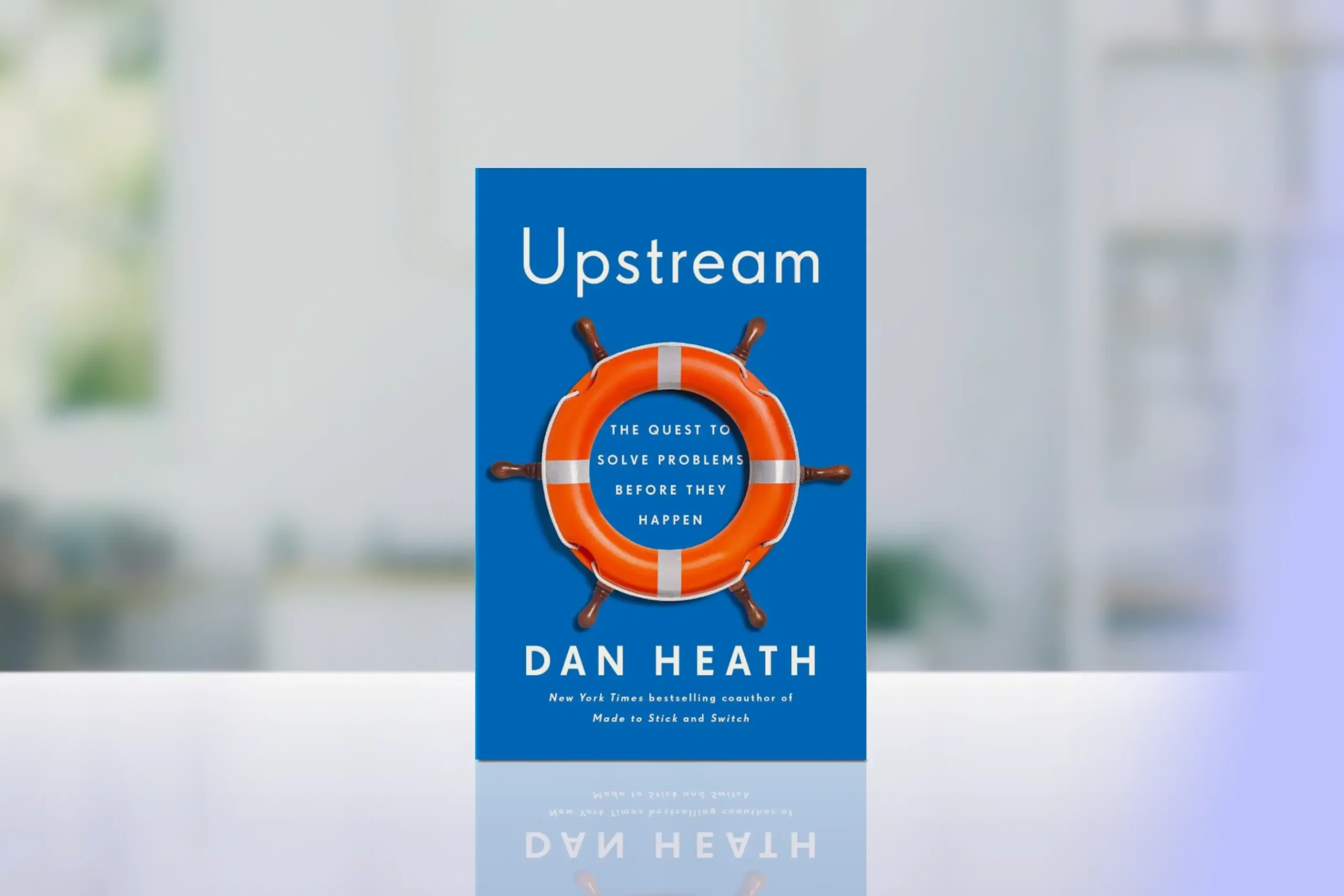In “Upstream: The Quest to Solve Problems Before They Happen,” bestselling author Dan Heath presents a revolutionary approach to problem-solving that focuses on prevention rather than reaction.
Published in 2020, this groundbreaking work challenges traditional crisis management by demonstrating how to identify and address problems at their source. Through compelling case studies and practical frameworks, Heath shows how individuals and organizations can shift from downstream reaction to upstream prevention.
Core Concepts
Heath introduces several fundamental principles that reshape our approach to problem-solving:
- Systems Thinking: Understanding the interconnected nature of problems
- Early Warning Detection: Identifying issues before they become crises
- Barrier Removal: Eliminating obstacles to upstream intervention
- Leverage Points: Finding the most effective points for intervention
- Sustainable Solutions: Creating lasting systematic changes
Chapter-by-Chapter Review
Part 1: The Problem
Chapter 1: Moving Upstream
Heath introduces the mindset shift required to prevent problems before they escalate. Through compelling stories, he shows how individuals and organizations often get trapped in reactive cycles, constantly responding to crises. The chapter encourages readers to spot early opportunities for action and understand common barriers to proactive thinking.
Chapter 2: The Chicken Little Problem
This chapter examines the difficulty of addressing threats that seem distant or improbable. Using examples like pre-Katrina disaster simulations, Heath demonstrates how ignoring low-probability, high-impact risks leads to preventable crises. The focus is on developing awareness and foresight to avoid recurring emergencies.
Part 2: Forces That Push Us Downstream
Chapter 3: Problem Blindness
Heath explores why problems often go unnoticed until they become urgent. Case studies illustrate subtle ways issues are overlooked and provide strategies for cultivating better vigilance and early detection.
Chapter 4: Tunneling
This chapter highlights the danger of focusing too narrowly on immediate concerns. Heath shows how this tunnel vision can prevent seeing larger patterns and introduces methods for broadening perspective and addressing root causes.
Chapter 5: The Wrong Pocket Problem
Heath addresses situations where the benefits of preventive efforts accrue to one group while another bears the cost. He offers strategies for aligning incentives and fostering shared responsibility across organizations and communities.
Part 3: Moving Solutions Forward
Chapter 6: How Will You Unite the Right People?
The chapter emphasizes collaboration, illustrating how diverse stakeholders can work together to solve problems effectively. Heath shares practical advice for engaging the right people at the right time and forming lasting partnerships.
Chapter 7: How Will You Change the System?
Heath explains how small, strategic changes within a system can have outsized effects. Readers learn frameworks for mapping systems and identifying leverage points that produce meaningful, long-term results.
Chapter 8: How Will You Make It Last?
The final chapter focuses on sustainability. Heath offers guidance for maintaining momentum, measuring impact, securing resources, and institutionalizing preventive practices so that results endure over time.
Key Strengths
- Compelling real-world examples of successful prevention
- Practical frameworks for implementation
- Clear strategies for overcoming common barriers
- Balance of theoretical understanding and practical application
- Actionable steps for various contexts
Potential Drawbacks
- Some concepts require significant organizational buy-in
- Results may take time to become visible
- Complex systems analysis may challenge some readers
Who This Book Is For
This transformative guide serves multiple audiences seeking to create meaningful, systemic change:
- Leaders and managers in any organization
- Policy makers and community organizers
- Healthcare and education professionals
- Business strategists and consultants
- Anyone interested in solving problems at their source
Final Review
“Upstream” offers a powerful new paradigm for approaching problems and creating lasting change. Heath’s masterful combination of storytelling and practical guidance makes complex systems thinking accessible and actionable for readers at all levels. The book provides a comprehensive toolkit for those ready to move beyond reactive problem-solving to preventive action.
Heath shows how small, proactive actions prevent major problems, highlights common barriers, and emphasizes collaboration and system-level thinking, making the book a practical guide to lasting, meaningful change.
Rating: 4.6/5
An essential resource for anyone seeking to create meaningful change through prevention rather than cure.
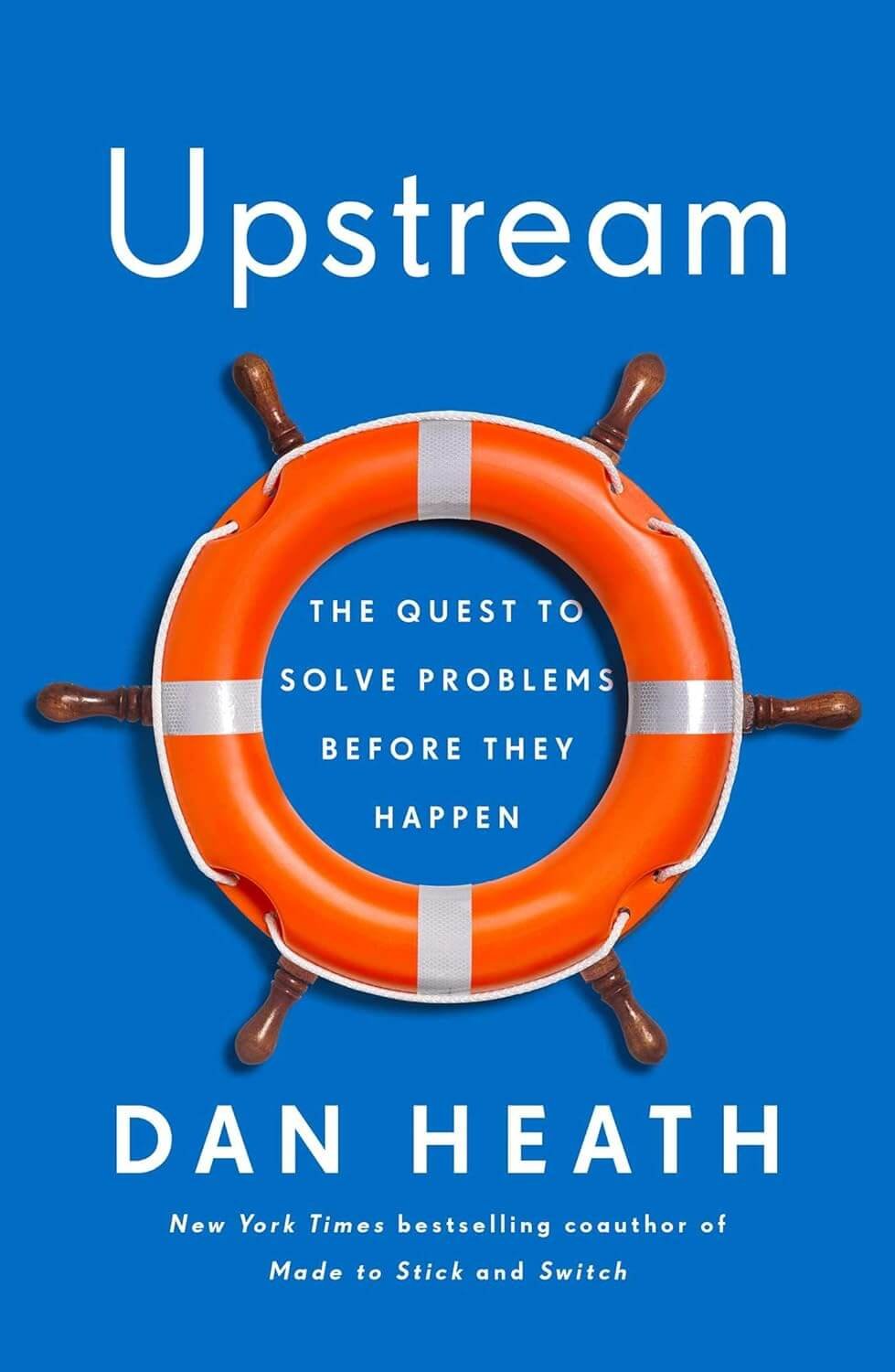
Alternative Books
If you are looking for other books similar to “Upstream”, consider these alternatives:
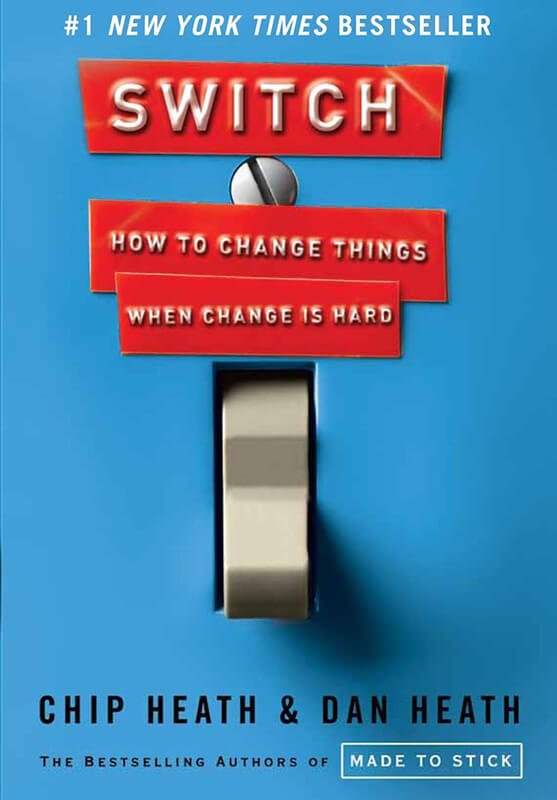
“Switch: How to Change Things When Change Is Hard” by Chip Heath and Dan Heath
Practical guidance for implementing lasting change.
Rating: 4.6/5
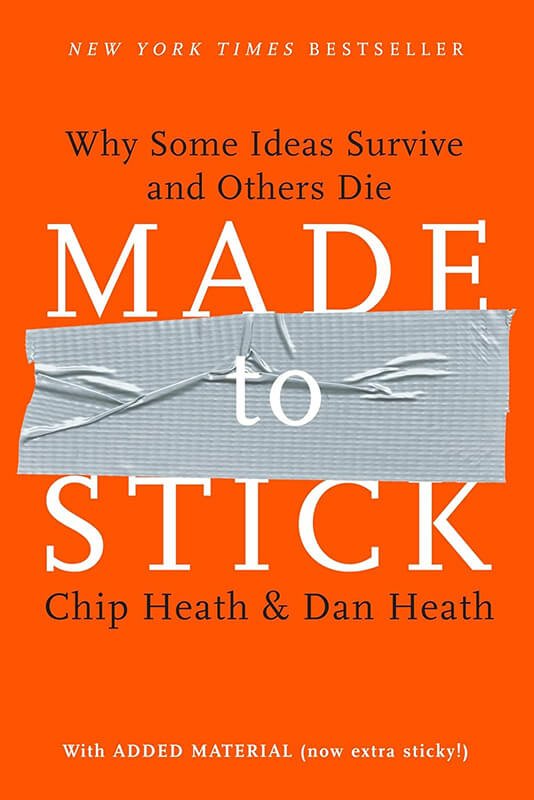
“Made to Stick” by Chip Heath and Dan Heath
Understanding how to make ideas resonate and create impact.
Rating: 4.6/5
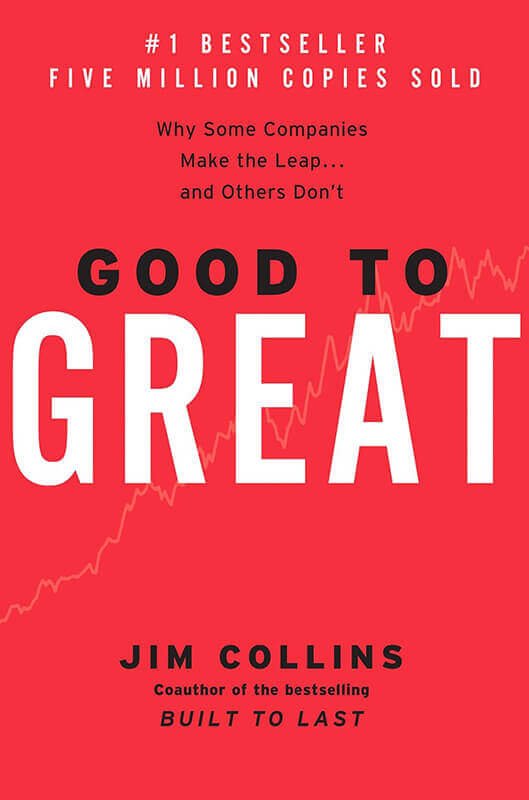
“Good to Great” by Jim Collins
Exploring how organizations create sustainable excellence.
Rating: 4.5/5

